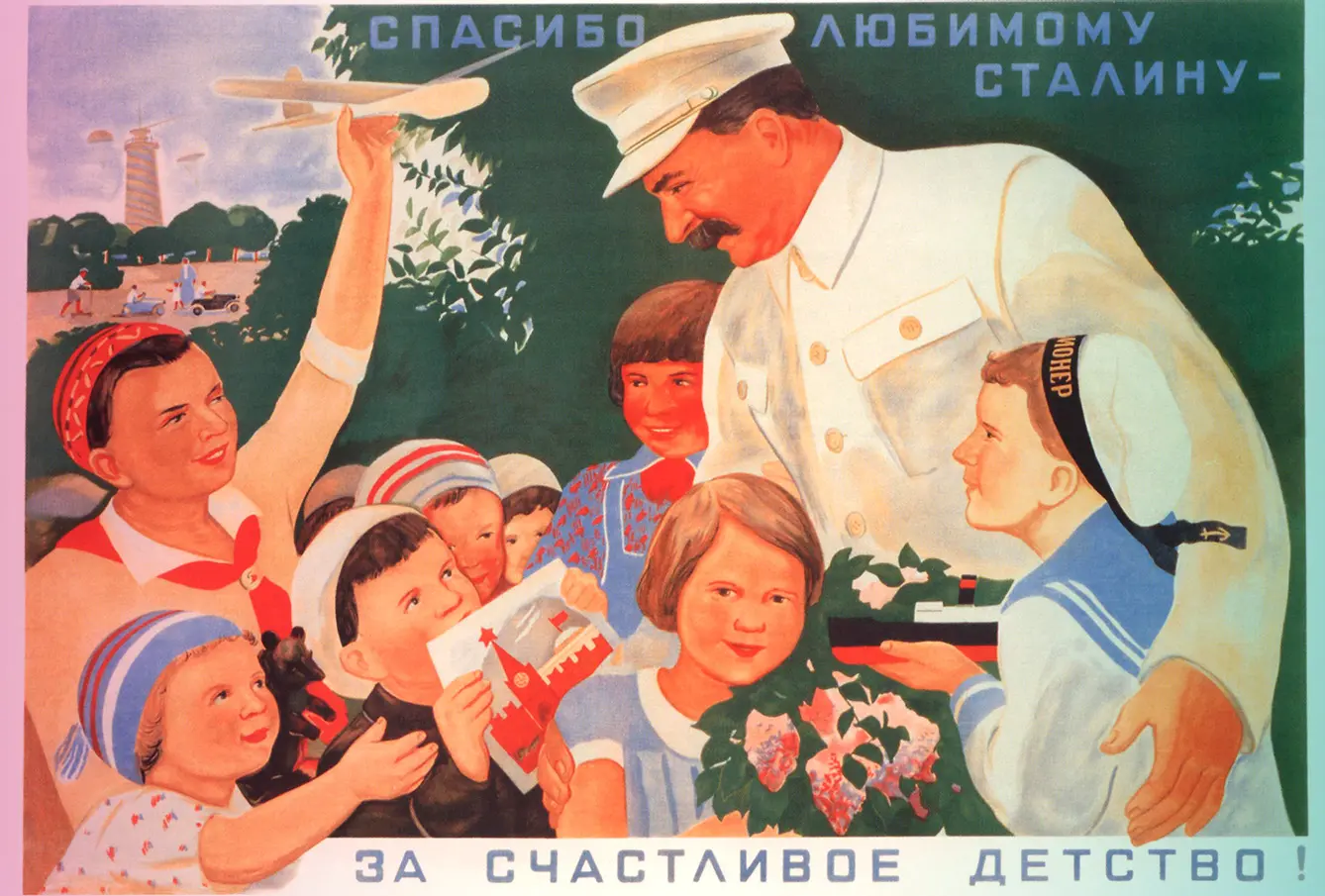“The accused, Horáková, is the criminal mastermind of this entire terrorist conspiracy that stands here on trial. She is linked to a whole reactionary underworld that came flocking to her from all sides,” said Josef Urválek during the trial of Milada Horáková in 1950. This communist “apparatchik” (*called a “state prosecutor” for the sake of deception) was not the first to talk like this. Ten years earlier, the Gestapo had made the same claim.

A year after Nazi Germany began their occupation of Czechoslovakia, Horáková was imprisoned in a concentration camp for her activities in the resistance movement. She was only released in 1945. Upon her return to Prague, she immediately began working for a democratic, communist-free Czechoslovakia. She even became a member of parliament in 1948. But only briefly.
Milada Horáková’s double prosecution
Eighteen months later, she had to listen to the charges brought against her by Urválek. The court upheld the charges and sentenced her to death. Although the political motivation for this sentence was obvious – and despite appeals from Albert Einstein, Bertrand Russell, Winston Churchill, and Eleanor Roosevelt, among others – it was carried out. On 27 June 1950, Horáková was hanged in Pankrác Prison in Prague. Her last words were: “I have lost this fight, but I leave with honor. I love this country, I love this nation, strive for their wellbeing. I depart without rancor towards you. I wish you, I wish you…”.
The fate of Horáková was tragic. She had to fight against two totalitarian systems throughout her entire adult life – first Nazism, later Communism. Unfortunately, her drama was not the only one. The destiny of many people in Central European countries was similar to hers. “In the middle of Europe in the middle of the twentieth century, the Nazi and Soviet regimes murdered some fourteen million people,” estimated Prof. Timothy Snyder, an American historian from Yale University. The 20th century was such that the two totalitarian regimes that left their greatest mark on it treated Central Europe as their testing ground. The consequences of this are still being felt in the region today.
Drang Nach Osten
Why was it Central Europe that found itself in the eye of the hurricane that these totalitarianism forms proved to be for the region and the whole continent? There are two answers to this question. The first one is simple: geography. The countries of Central and Eastern Europe are the eastern neighbors of Germany, which became a hotbed of Nazism – and the western neighbors of the Soviet Union, which became “the beating heart of Communism” (a well-known communist-era slogan referring to the fact that in those days the militia often reached for the batons). This neighborhood made Central Europe very vulnerable to these two evil ideologies because their creators were testing new solutions in this region in the first place.
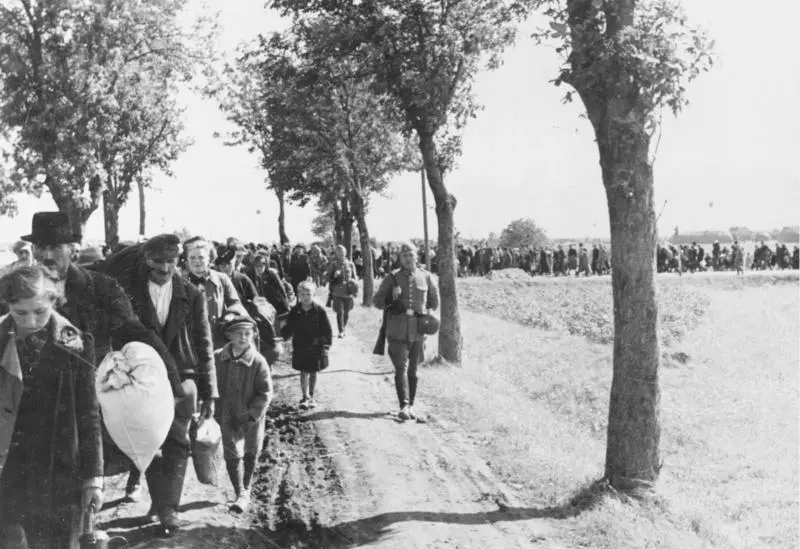
The second one is more complex: ideology. Nazism and Communism arose largely as an attempt to negate the reality that had taken shape in the CEE countries. This is particularly evident in the case of the German version of fascism. Its main definitions were found in the work “Mein Kampf,” written by Adolf Hitler.
In this book, published in 1926, the future Führer explained the concept of “Lebensraum”, the German idea of territorial expansion in search of “living space” for Germans. According to Hitler, Germany “must make a healthy peasant class as a foundation for the whole nation.” And he clearly indicated Central-Eastern Europe as where Germans should look for this “living space.” “If we speak of soil in Europe today, we can primarily have in mind only Russia and her vassal border states,” wrote “Mein Kampf.” Later, when Hitler took over the country in 1933, the concept of “Lebensraum” became central to German foreign policy. The expansion of the Third Reich in the direction of Central-Eastern Europe was the way of creating a German “imperial hinterland,” as Hitler described it in 1941.
But this “Drang Nach Osten” (aka, a drive towards the East) was also racially motivated. Hitler placed the Jews at the center of his ideology. In ‘Mein Kampf’, he held them responsible for all evil and believed they should be destroyed by any means. Before the war, there were 9.5 million Jews in Europe. Two-thirds of them were in CEE countries. This was the second reason that Hitler was determined to conquer the region. In this way, he could, in one move, expand Germany’s territory, conquer “Lebensraum” and, at the same time, bring about “Endlösung der Judenfrage” (the final solution of the Jewish question) – as the Holocaust was called at the Wannsee Conference in 1942.
Sovietization and exporting the revolution
“The victorious proletariat… having expropriated the capitalists and organized its own socialist production, would confront the rest of the capitalist world, attract to itself the oppressed classes of other countries, raise revolts among them against the capitalists, and in the event of necessity, come out even with armed force against the exploiting classes and their states,” wrote Vladimir Lenin in 1915.
In short – it was an ideological drive that pushed communists to export the revolution. They moved almost immediately after they managed to consolidate power in Moscow, which they had seized due to the 1917 October Revolution. The first strike went toward Ukraine and Poland. The first of these countries the Russians managed to subjugate, incorporating it into their borders and establishing socialist order there. The second did not – after its defeat in the Battle of Warsaw in 1920, Moscow had to make peace with Poland and recognize its eastern border.
But the Soviets and their intentions to export the revolution were only stopped for a dozen years or so. In 1939, Joseph Stalin formed an alliance with Hitler, which resulted in subjugating part of Poland and Romania and the Baltic states of Estonia, Lithuania, and Latvia. Later – as a result of the German aggression against the USSR in 1941 – he changed the alliance, establishing cooperation with the Allies. In this way, it found itself in the victorious camp of the Second World War. Stalin – together with Franklin D. Roosevelt and Winston Churchill – won the right to decide what the post-war world order would look like.
A new regime enters
The key decisions were taken in 1945 during the two peace conferences at Yalta and Potsdam. Stalin used them to take political control of the Central European states. Formally they retained their independence, but in practice, they were under the strict control of the Kremlin over the communist parties in charge in the USSR’s satellite states. All countries on the wrong side of the Iron Curtain (Bulgaria, Czechoslovakia, East Germany, Hungary, Poland, Romania, Yugoslavia) were subjected to brutal Sovietisation.
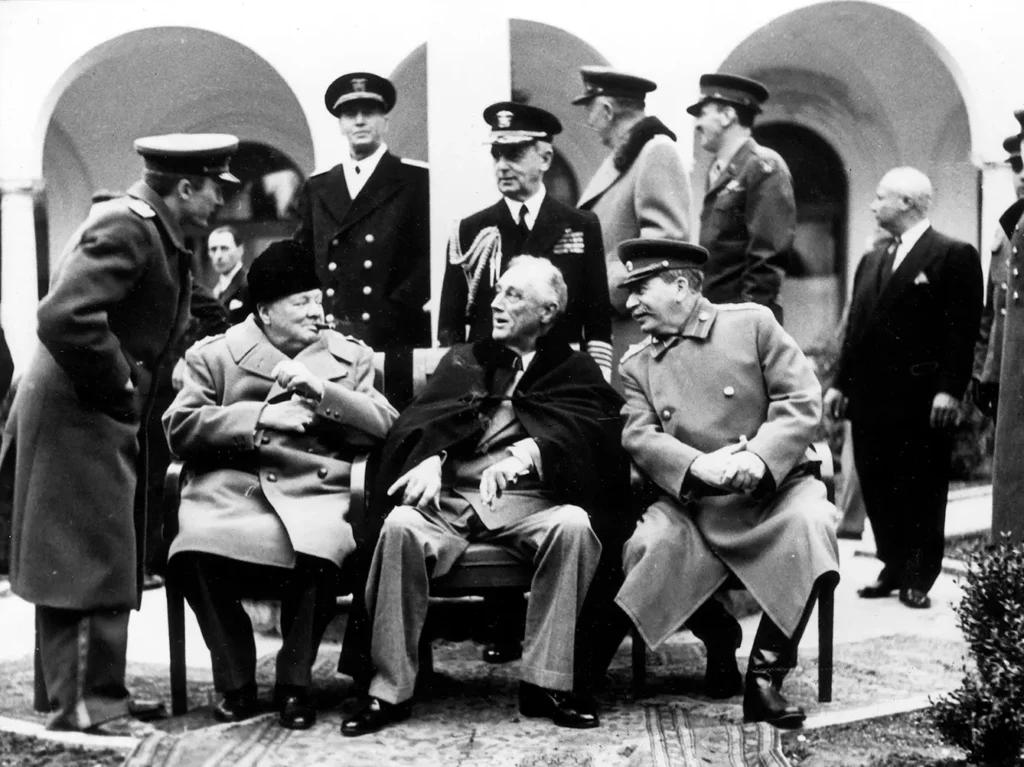
They had to adopt Soviet-like institutions, laws, collectivization, and heavy industrialization. All changes were introduced by force and legitimated by aggressive propaganda. The whole thing was justified by the ideological conviction that socialism was the highest form of systemic development, superior to capitalism in every respect. It was the clash of these two concepts that was the essence of the Cold War that lasted until 1989.
Thus, two ideological battles swept through the countries of Central Europe. Many people in the region tried to confront them. And it was far from only Milada Horáková.
In Poland, the memory lives on to this day, for example, in Cavalry Captain Witold Pilecki, who fought heroically throughout the war against the Nazis, only to die at the hands of the Communist oppressors. Estonian writer Jaan Kross was first arrested by Nazi Germans (for “nationalism”), and just after the war, he was also detained by Soviet Russians – for the same reason – and spent six years in Gulag. Romanian poet Gheorghe Ursu was in the anti-fascist movement during World War II and later became a strong critic of the communist regime of Nicolae Ceausescu. In 1985 he was arrested, tortured, and killed by the Romanian secret service Securitate.
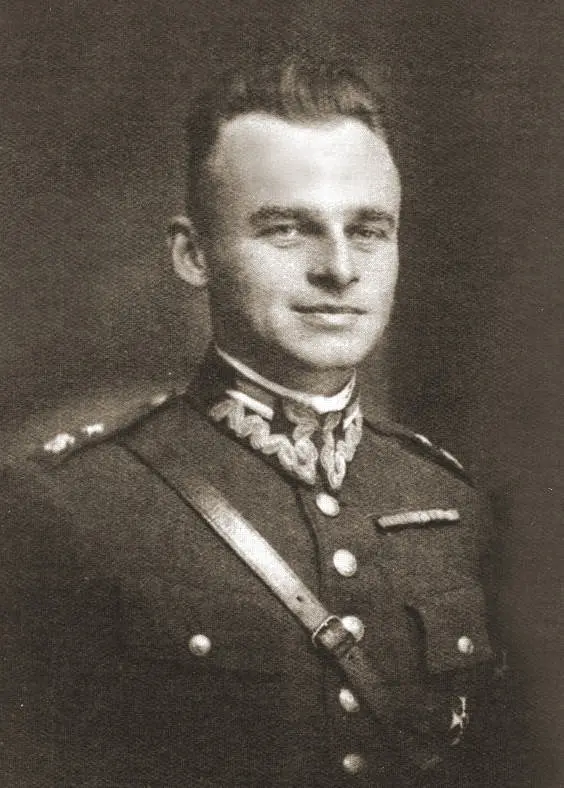
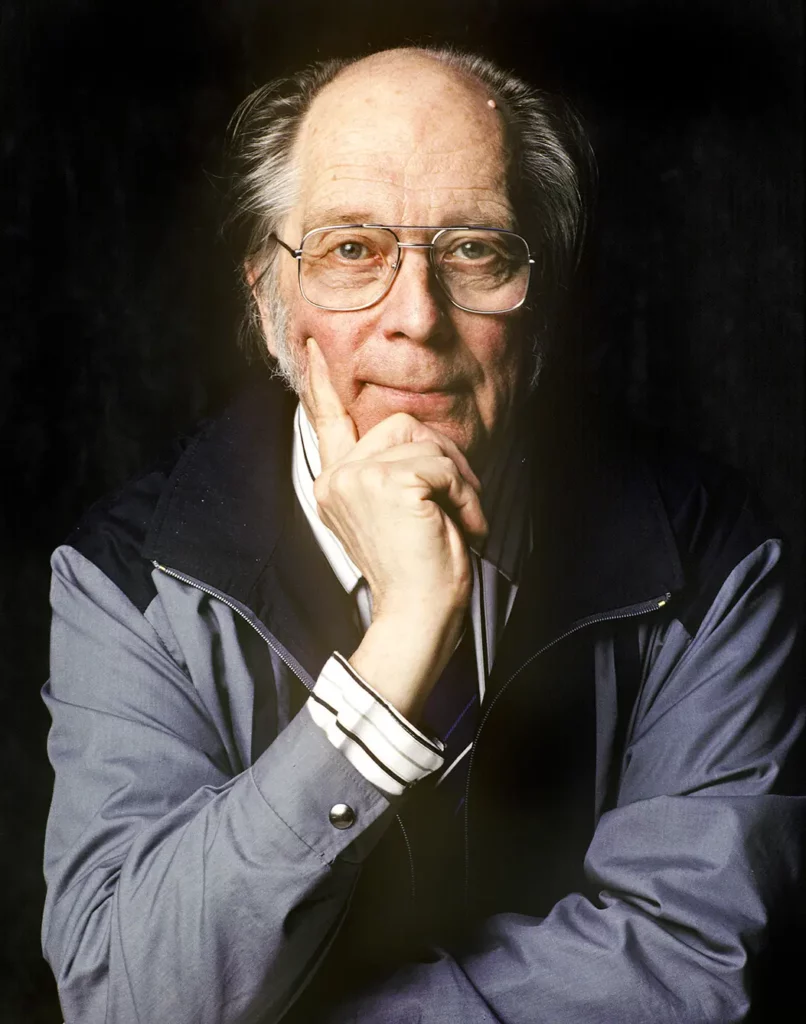
A high price to pay
They paid the highest price for freedom, for their disapproval of the order imposed by the totalitarian order. It is thanks to such people that today the countries of Central Europe can make fully conscious decisions about what kind of state they want to be, how they intend to function in the international environment, how to develop, and how to take advantage of the opportunities that the 21st century brings. But you can also see the shadow of the subsequent decades of struggle against these forms of totalitarianism looming over EEC states all the time. Because it is also insanely hard to get rid of such a stigma.


